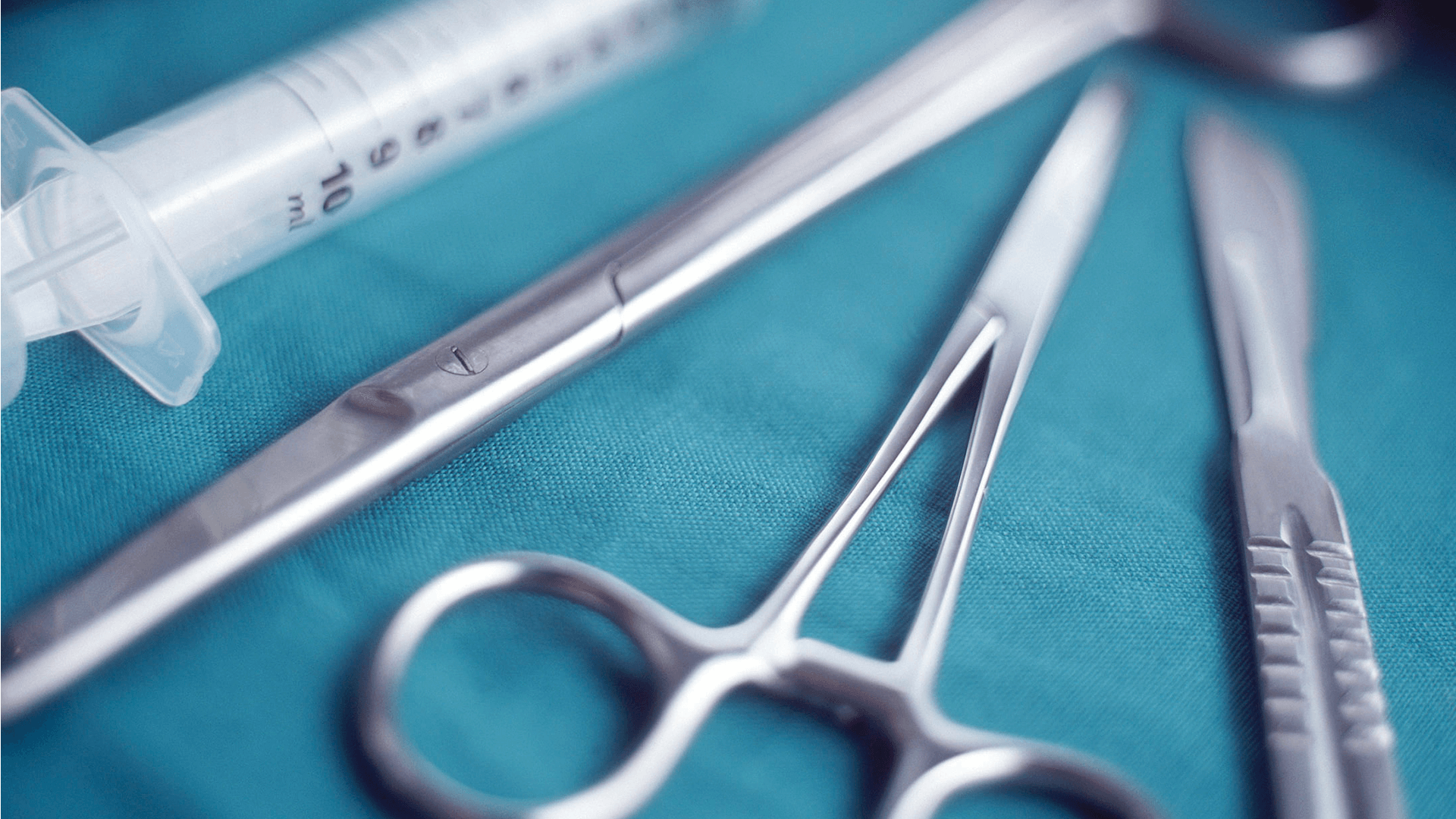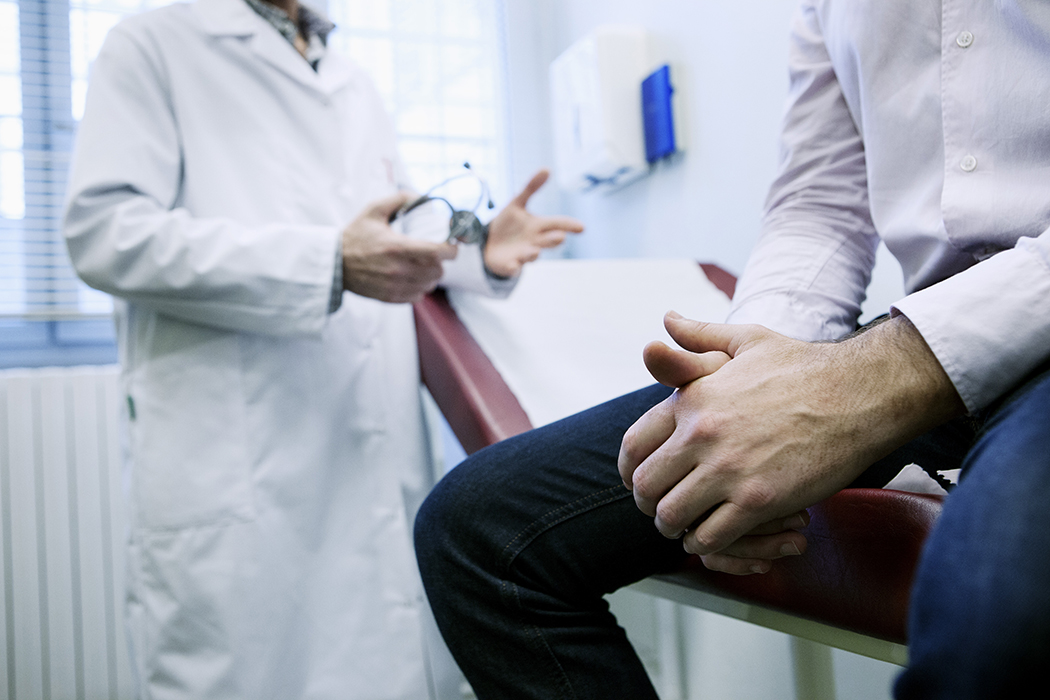Contents:
- Medical Video: Benign Prostatic Hyperplasia (BPH)
- Overview of prostatectomy
- Radical prostatectomy
- 1. Open radical prostatectomy
- 2. Laparoscopic radical prostatectomy
- 3. Robot-assisted radical prostatectomy
- Simple prostatectomy
- What should be prepared when going into surgery?
- What patients need to pay attention to after surgery:
Medical Video: Benign Prostatic Hyperplasia (BPH)
One treatment for prostate cancer or benign prostate hyperplasia (BPH) is prostatectomy. This operation is performed to remove the problematic prostate gland. Want to find out more about this procedure? Consider the following review.
Overview of prostatectomy
Prostatectomy is an surgical procedure to remove part or all of the prostate gland due to prostate cancer or benign prostate hyperplasia (BPH). This operation can be done in various ways, depending on the patient's condition. For prostate cancer, radical prostatectomy is usually performed, whereas for BPH simple prostatectomy will be performed.
Radical prostatectomy
This operation is performed as a treatment for prostate cancer by removing the entire prostate gland, seminal vesicles, and several surrounding tissues, including lymph nodes. There are several techniques used in radical prostatectomy, such as:
1. Open radical prostatectomy
This is an open surgery performed by a surgeon by making an incision to reach the prostate gland. An incision can be made in the lower part of the abdomen or also called the retropubic approach and in the perineum between the anus and scrotum or the perineal approach. Faster recovery occurs in the perineal approach rather than the retropubic approach. Compared to other types of prostate surgery, this retropubic surgery has a lower risk of nerve damage that can cause problems with bladder control and erection.
2. Laparoscopic radical prostatectomy
This operation is done by making a few small incisions in the abdomen with the help of a laparoscopic device inserted into one of the incisions. Removal of the prostate gland is done by hand.
3. Robot-assisted radical prostatectomy
This action is the same as laparoscopy, but assisted with a robotic arm. The robot helps translate the surgeon's hand movements from the remote control device (remote) become a more subtle and precise action. This operation is only carried out by trained doctors.
Although open prostatectomy can eliminate all cancer cells, be sure to get further treatment. This is done as early detection if the cancer occurs again.
There are several risks that may occur in patients, for example:
- Urine is bleeding
- Injury to the rectum
- Lymphocele (complications of damage to the lymphatic system)
- Infection of the urinary tract
- Erectile dysfunction (impotence)
- The occurrence of urethral constriction
- Cannot control urination (urine incontinence)
Simple prostatectomy
This operation process is different from radical prostatectomy because it does not lift the entire prostate, but facilitates the flow of blocked urine. Simple prostatectomy is generally recommended for men with severe urinary symptoms and enlargement of the prostate gland, but not prostate cancer. In addition, there are several other symptoms, such as:
- Difficulty urinating
- Urinary tract infection
- Urination slows down
- Inability to urinate
- Frequent urination at night
- Often urged to urinate
Reporting from the Mayo Clinic, urologists at the Mayo Clinic suggest that overcoming symptoms of prostate enlargement can be done using advanced endoscopic techniques, without open prostatectomy, laparoscopy, or laparoscopy with robots.
There are several risks that can occur from this procedure, including:
- Urethral narrowing occurs
- Urine is bleeding
- Cannot control urination (urine incontinence)
- Dry orgasm
- There is injury to adjacent structures
What should be prepared when going into surgery?
Before surgery, the doctor may conduct a cystoscopy test to see the state of the urethra and bladder. Then, blood tests, prostate-specific antigen tests (PSA), digital rectal tests, and biopsies. There are several things that need to be considered and must be consulted with a doctor, such as the use of over-the-counter drugs or supplements that the patient uses or allergies that the patient has, especially on the use of certain drugs.
Before the surgery, the patient must fast from eating or drinking at a certain time also performed an enema procedure (inserting fluid into the intestine through the anus to stimulate the patient to defecate so that the intestines are clean).
What patients need to pay attention to after surgery:
- The patient can start the activity again, but gradually for four to six weeks.
- The patient cannot drive for at least several days. Do not drive until the patient's catheter is released or use pain medication again.
- Patients need to see a doctor several times for check upabout six weeks and continued after a few months.
- Patients can continue sexual activity after recovering from surgery. In simple prostatectomy, patients can still experience orgasm during sex.













